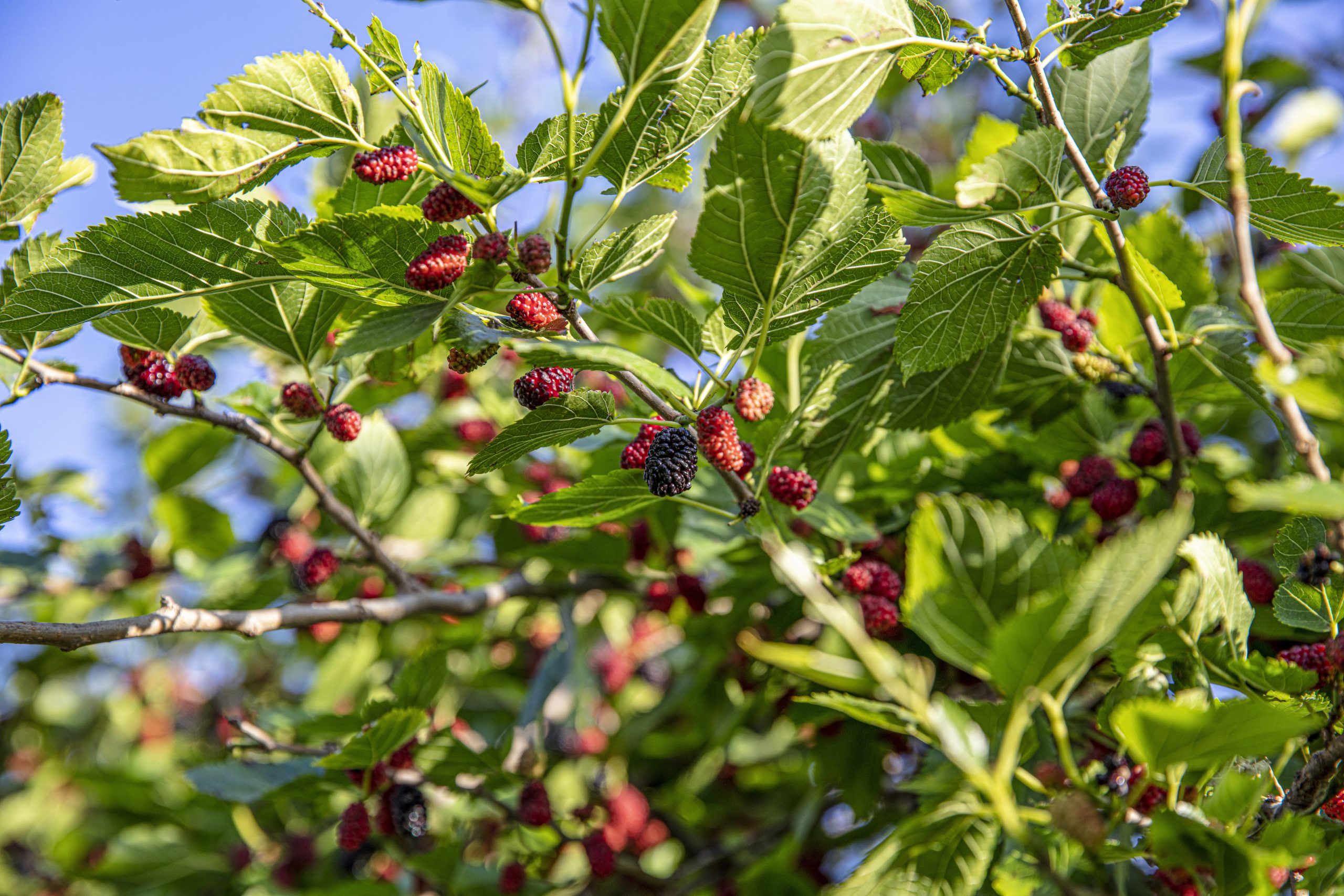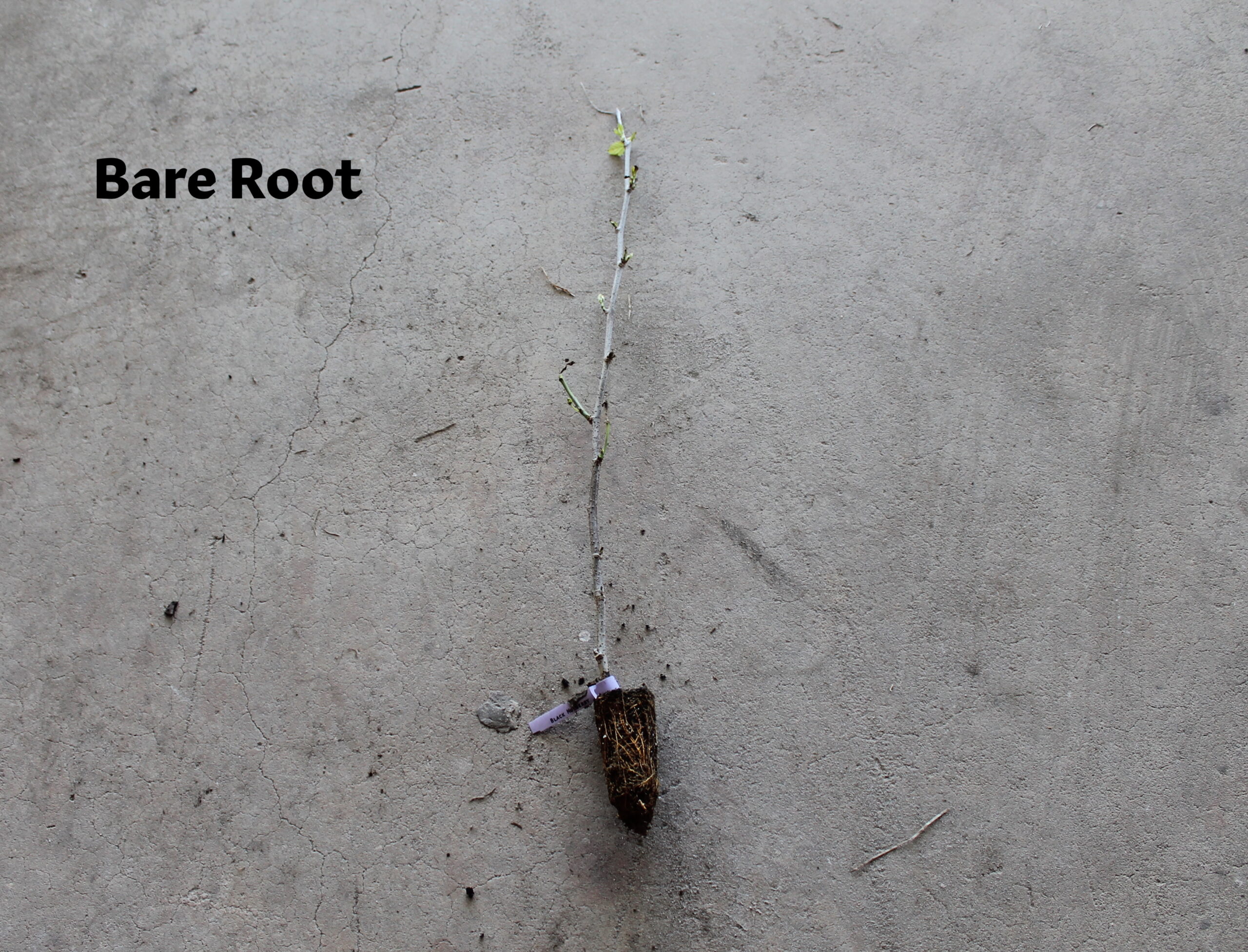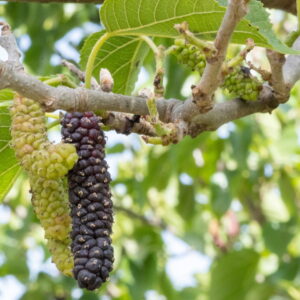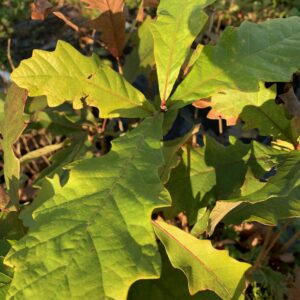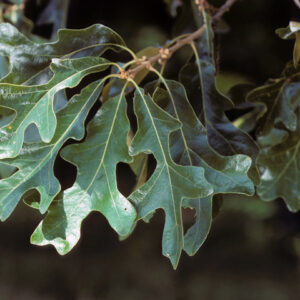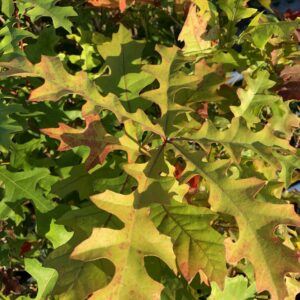Black Mulberry
Morus nigra
$22.95 – $108.95
2025 Shipping Season
We are accepting orders to ship through Summer or for Fall delivery.
For more information see the Ordering & Shipping section below.
Black mulberry trees are native to western Asia and the Middle East. This mulberry tree produces what many consider to be the highest quality mulberry fruits. Fruit from these trees is almost without exception black. Black mulberry trees are more popular in warmer, drier areas like California; when grown in Florida, they’re generally taller tree form.
A very rapid growing deciduous tree, mulberry fruits very early in the spring and is an excellent wildlife food source at a time of year when there is little ripe fruit available. There are three species: Black, White, and the native Red Mulberry. Selected cultivars have the best fruiting characteristics, with large black berries up to 2″ long that taste like seedless blackberries! Mulberries are an important early-season source of food for deer and game. Very easy to grow. Cold hardy to USDA zones 7-10. New trees can produce fruit in 2 years depending on care and climate. The success of new trees is heavily dependent on the care received during and after planting.
If you are planting in a colder climate outside of its cold hard zones i.e (6-5), They may require extra care to overwinter, protecting them from the cold.
| Height | 30' - 40' |
| Spread | 15 - 20' |
| Tree Form | Modified leader or multi-trunk |
| USDA Zone | 7 - 10 |
| Blooms | April - May |
| Drops Fruit or Nut | April - May |
| Soil | Adapted to upland, well drained, sandy clay or loam. Can handle wet soil if seasonal and well drained |
| Soil pH | 5.5 - 7.0 |
| Light requirements | Full Sun |
| Pollination | Self-fertile |
| Suggested Pollinators | Each additional tree will increase pollination for better mast production |
| Spacing | 40' - 50' |
| Pruning | Light pruning while young to create strong branch framework |
| Fertilization | Do not fertilize at planting. Once the trees are established, fertilize in early spring (Mar-April) as growth begins. Do not fertilize in the fall, which could promote late season tender growth that can be damaged by early frosts. |
| Watering | Newly planted trees should be watered regularly. This is the most critical step in the establishment of your new trees. Please see the Watering section under "How to plant and grow" in our Learning Center. |
At Chestnut Hill Outdoors, we’ve been shipping mail order trees for over 30 years. We’re experts at delivering healthy trees to your doorstep. All of our trees are container grown in root-enhancing pots, ensuring healthy root systems and much better success upon planting.
In Spring we ship bare-root, dormant trees. All plants are dipped in a root gel before shipping and wrapped in plastic to retain moisture.
Spring: All trees are shipped bare-root.
Fall: All trees are shipped in containers.
For more information, visit our Ordering & Shipping Page.

